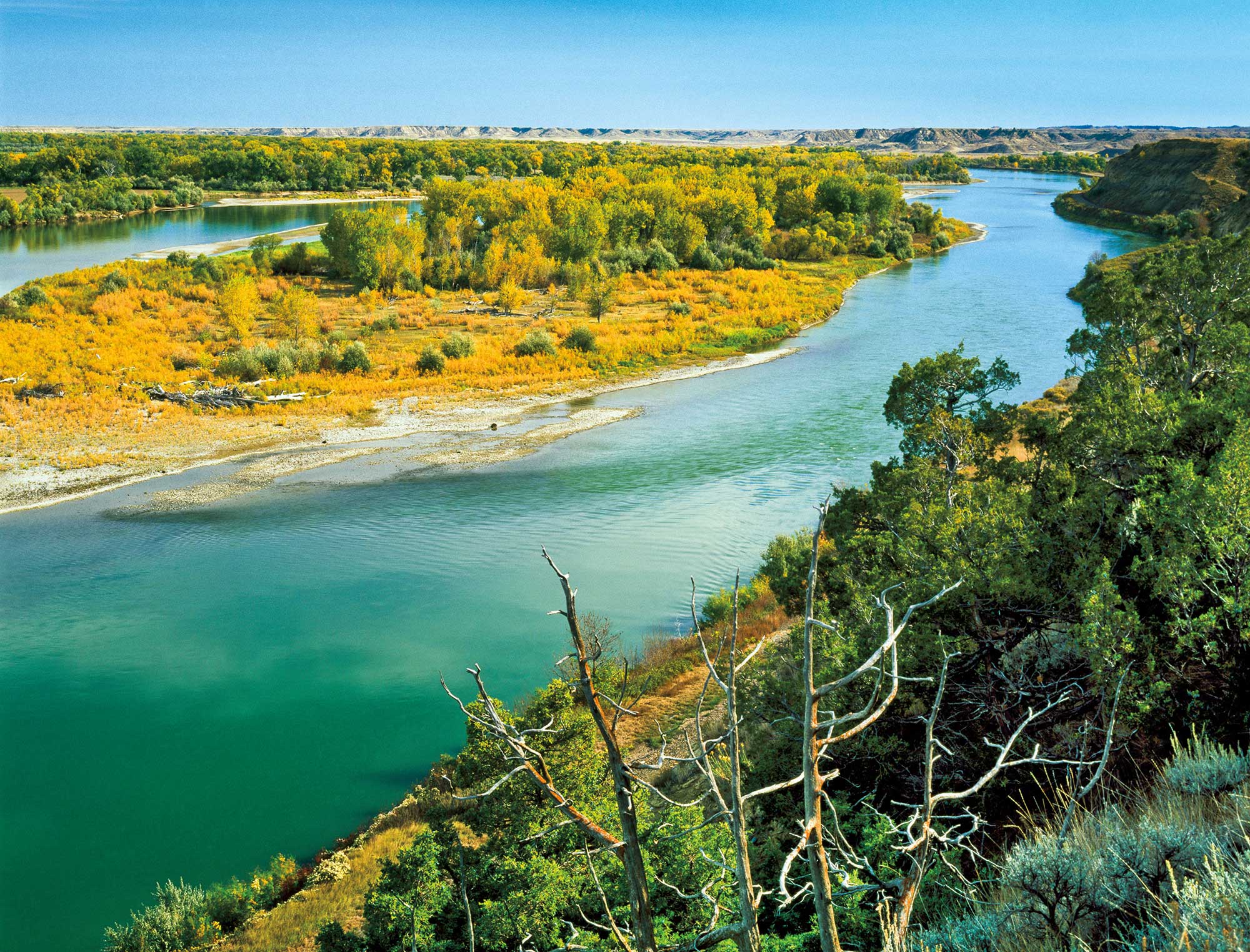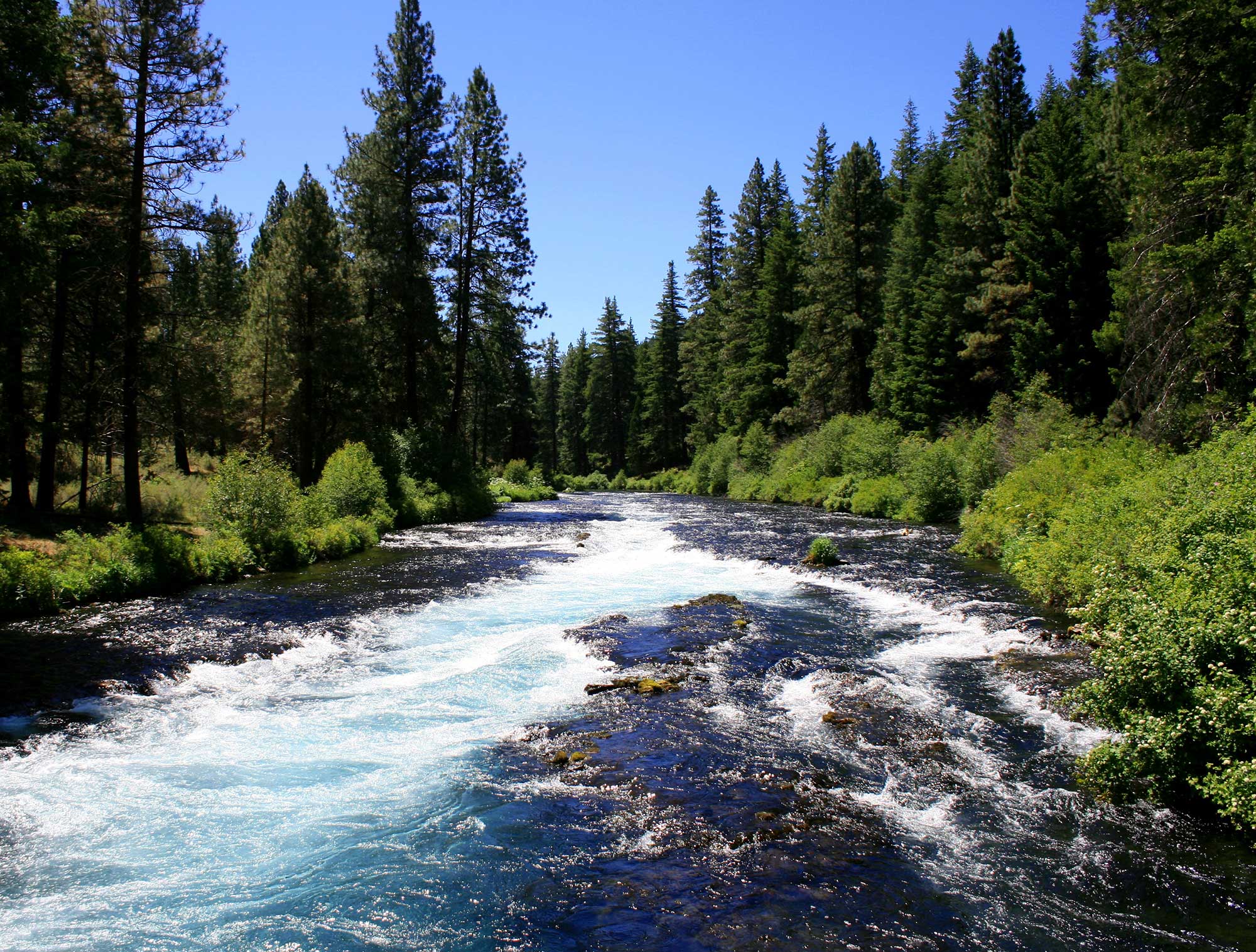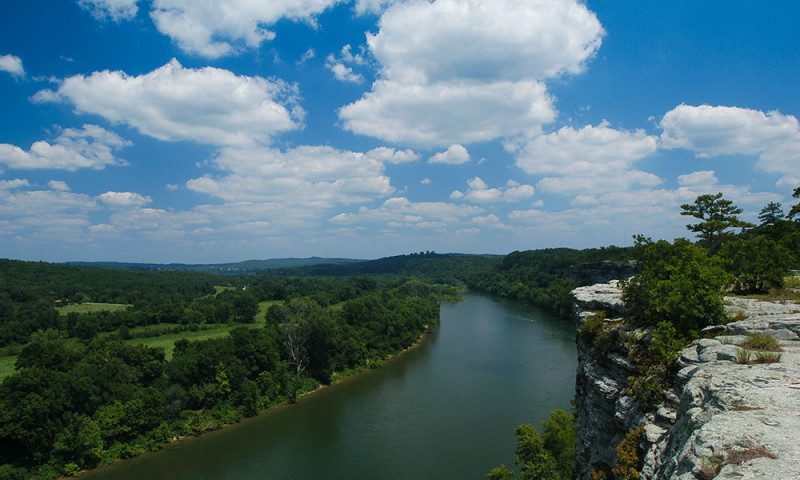Understanding the 3 Types of Trout Streams (and How to Fish Them)
Freestone stream, spring creek, tailwater—which would you rather attack for trout? The answer will depend largely on where you live, but it might also hinge on the style of fishing you prefer. Each type of trout stream offers something different to the fish as well as the angler. Some provide opportunities all year long while others produce killer action within specific windows.
Being able to recognize the differences between these three types of trout stream can help you plan long distance trips more effectively or help you stay on the bite outside of the traditional spring season. Here’s a breakdown of the three main types of moving trout water.
Freestone Stream

Pros: Widely accessible to many anglers.
Cons: More prone to seasonal influence that can make fishing difficult.
Across the United States, freestone streams are most common. They exist even in regions void of trout. Likewise, if you live in a part of the country that’s light on wild trout but rife with stocked trout during the spring, chances are good that your state is planting them in a freestone stream.
Freestones tend to start as tiny trickles at higher elevations, and then those trickles often merge. Their bottoms usually consist of shale, sandstone, or crystalline rocks. Their sources, however, do not provide enough water to keep them flowing in full force year-round. Freestone streams rely on snow melt, rain, run-off, and spikes in ground water to maintain their flows, which makes their fishing productivity ebb and flow throughout the season.
Once summer arrives and the bump from spring run-off has flushed through, freestones will get low and warm barring frequent rains to keep their levels up. In many parts of the country, trout stocked in spring will not survive the summer, and even in the West, wild trout in freestones can be easily stressed if the water gets too low and hot. In winter, freestone streams will also get cold faster than other types of trout streams and stay frosty longer, making them prone to icing and making off-season fishing very challenging.
Spring Creeks

Pros: Provide ideal conditions for trout year-round, tend to foster exceptional bug life.
Cons: Trout can be more wary and dialed into specific food sources.
It can be 15 degrees outside with snow on the ground, but you won’t see a stitch of ice on a spring creek. That’s because the water bubbling straight out of the earth at the source will hold between 50 and 60 degrees year-round. You’ll know you’re on a spring creek when you see vibrant, green aquatic vegetation waving in the current in the dead of winter or when the water makes your feet numb in July. But a consistent temperature isn’t the only thing spring creeks have going for them.
They often have a higher pH than freestone streams, which fosters aquatic bug life. Caddis, stonefly, and mayfly hatches are usually outstanding in spring and early summer. Likewise, in winter, spring creeks see prolific hatches of midges, olives, and black stoneflies, giving wild trout a constant supply of food. Tiny freshwater shrimp called scuds also thrive in spring creek vegetation and provide lots of protein to grow fish big. The downside to all this food, however, is that spring creek fish often know exactly what they want.
Read Next: Best Trout Fly Rods
In my experience the trout in spring creeks get more dialed into specific food sources and won’t just grab the first jig or spinner that comes by their face. Fly fishermen have an upper hand on spring creeks because they’re better equipped to match the tiny, specific prey items found in these waters.
Tailwaters

Pros: They produce large trout, and can be fished successfully year-round.
Cons: Fishing during optimal flow is critical.
The irony about tailwaters is that despite their ability to grow huge, wild trout, they are completely manufactured by humans. Throughout the country we’ve dammed hundreds of rivers to create reservoirs for everything from drinking water supply to recreation. All these reservoirs, however, need to be able to release water in order to maintain proper levels. The dams at their downstream ends can be configured several ways—some spill over the top when the gates are open, while others release water from the bottom of the reservoir. Bottom releases feed cold water from the depths of the reservoirs into the river—or “tail”—below the dam. If the reservoir maintains minimum flows of this cold water year-round, you have a set up like a spring creek where in the heat of summer and dead of winter, the temperature is just right for trout.
Read Next: Best Trout Lures
One of the biggest challenges with tailwaters is that your productivity relies on water flow. If a dam is releasing only the minimum amount of water, the river below can look more like a lake. The trout will survive, but they can be much harder to catch under those conditions. On the flip side, you can have perfect flow rates that get blown out by a sudden release. But assuming your visit times match with optimal flows, tailwaters can produce absolute giants.
Like spring creeks, the steady year-round temperature makes bug life prolific. At the same time, tailwaters are great places to throw large lures and streamer flies, the bigger fish won’t shy away from big meals.
The post Understanding the 3 Types of Trout Streams (and How to Fish Them) appeared first on Outdoor Life.
Source: https://www.outdoorlife.com/fishing/understanding-the-3-types-of-trout-streams-and-how-to-fish-them/





